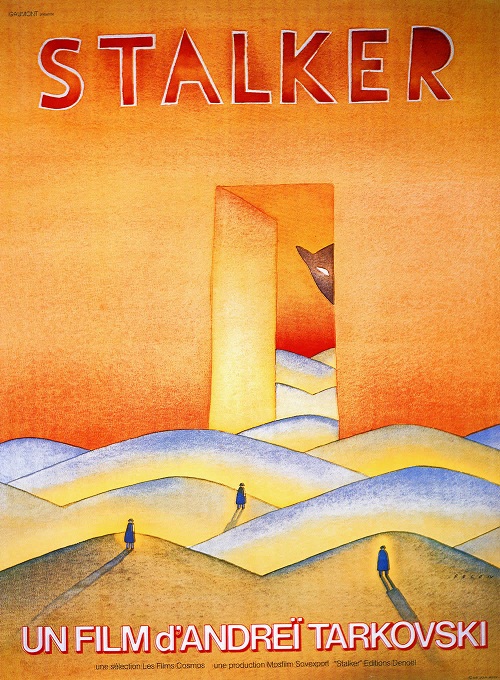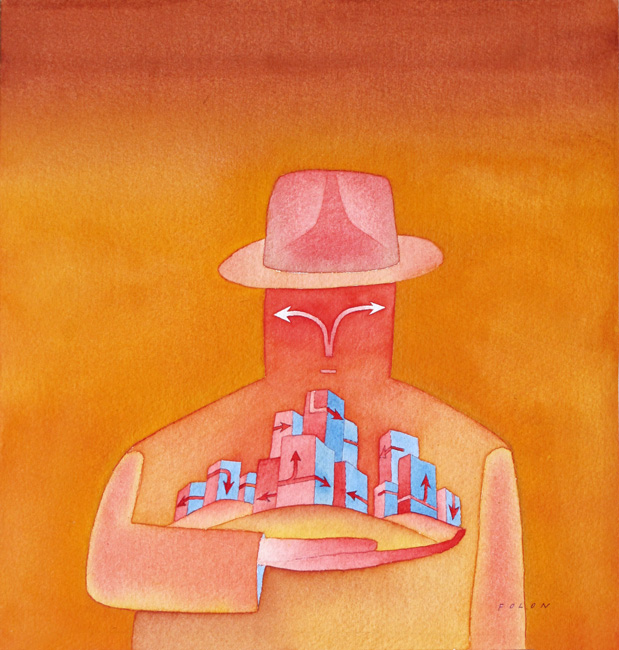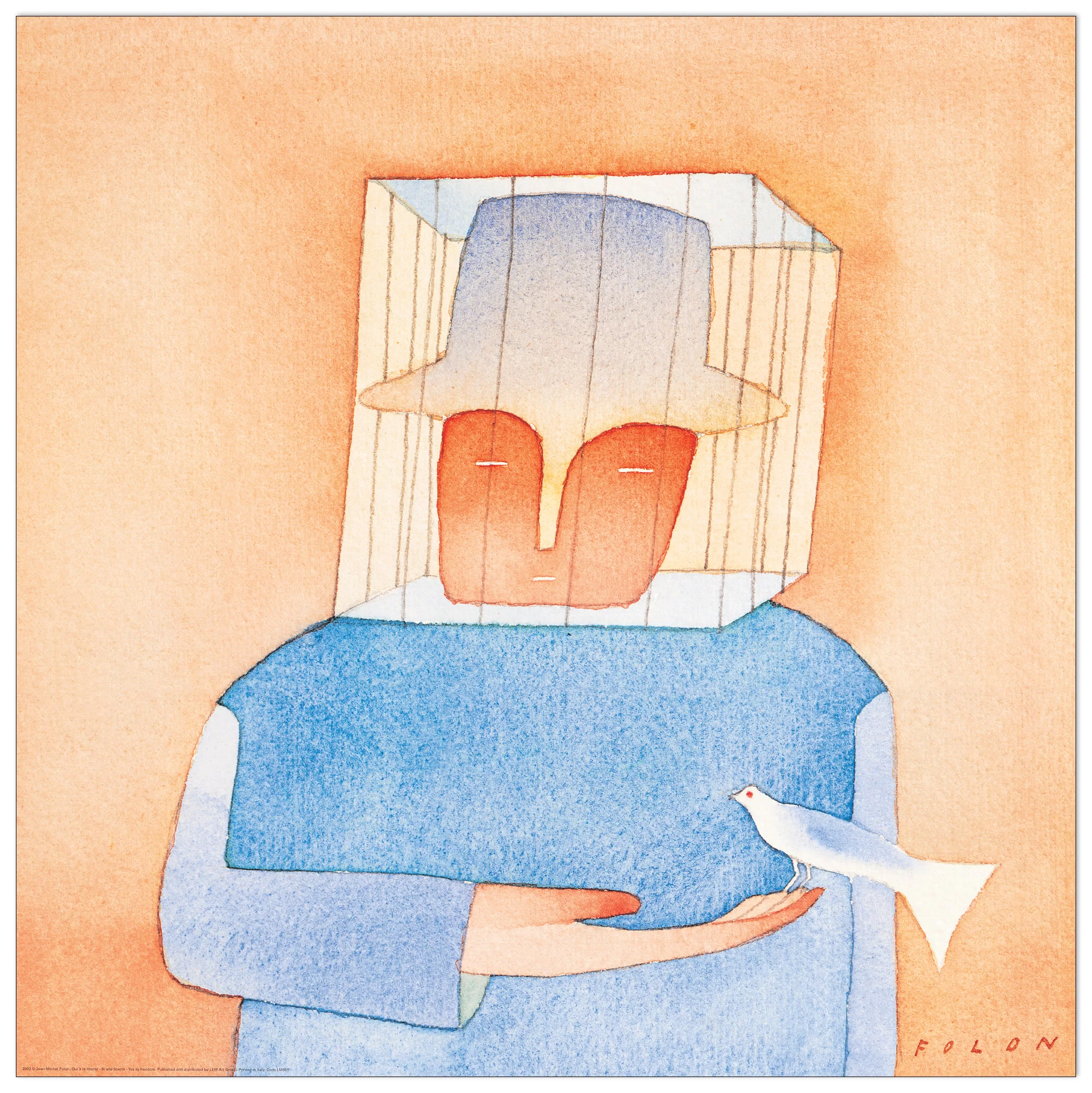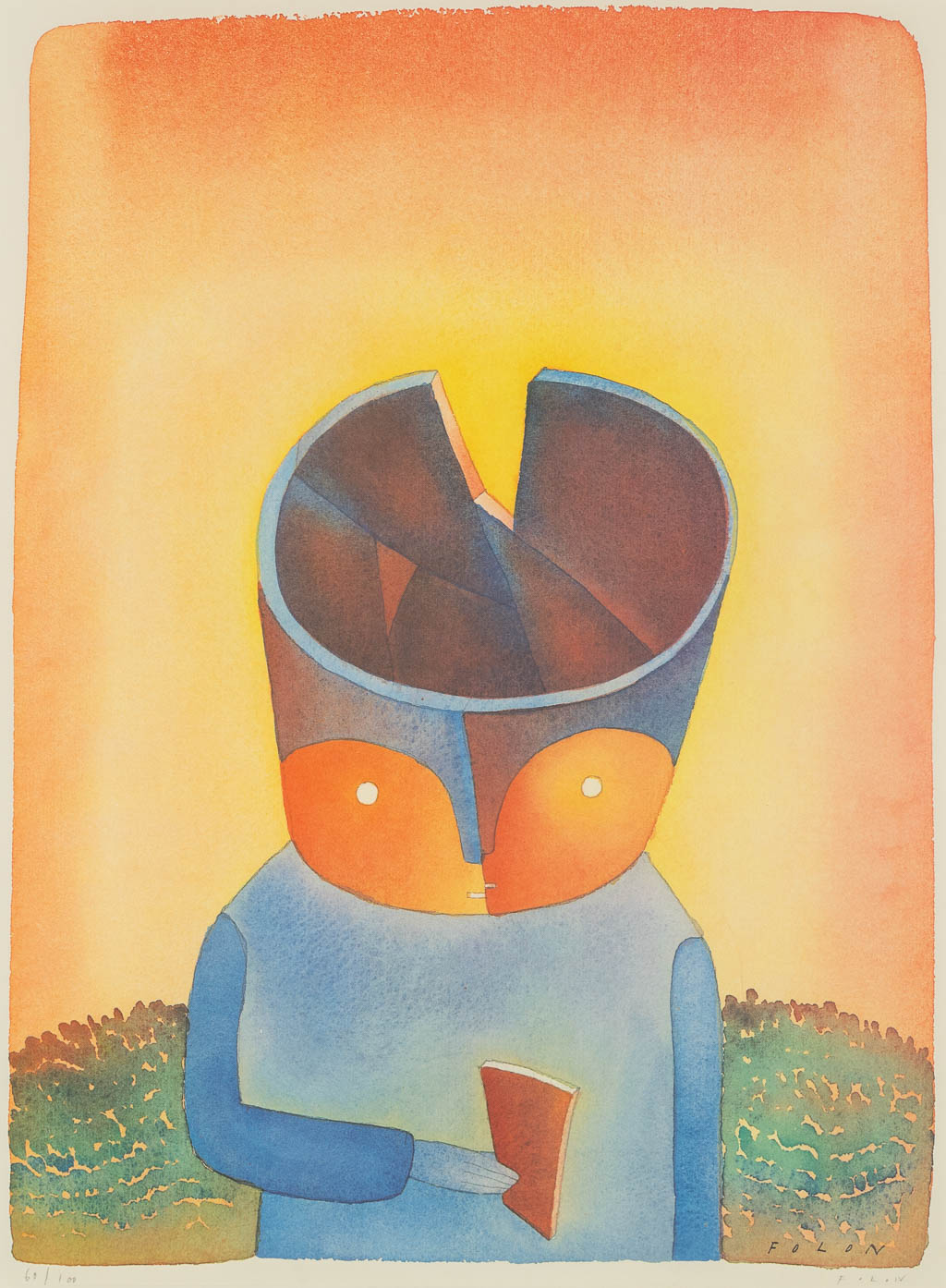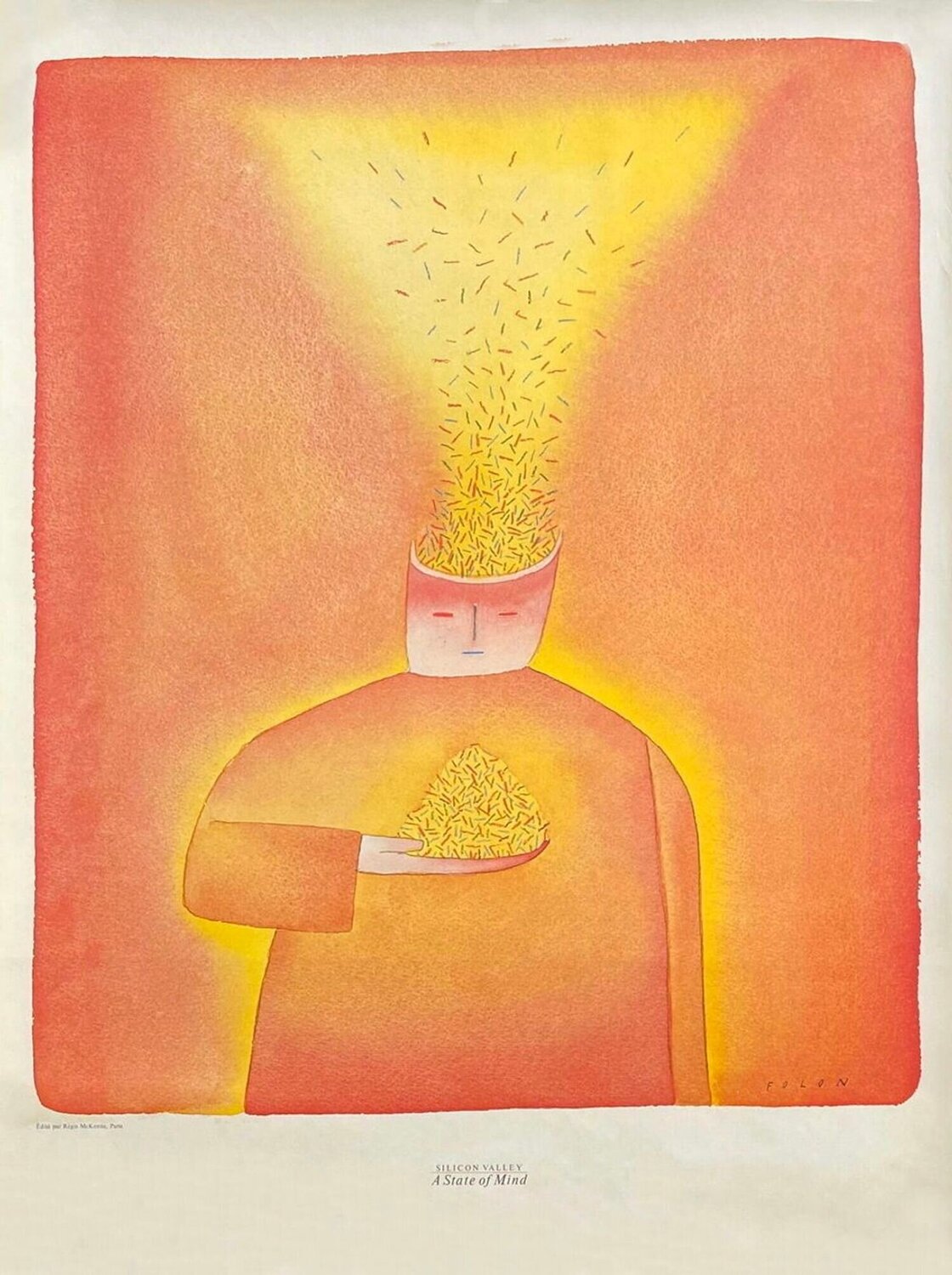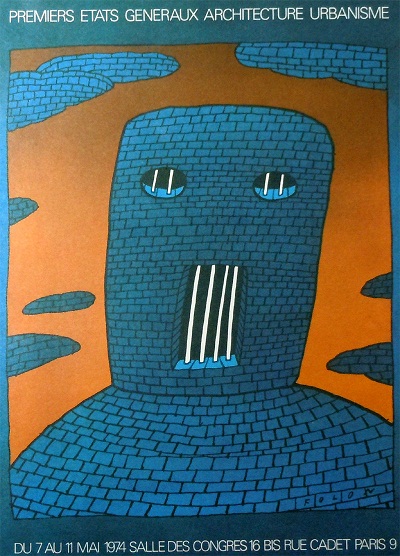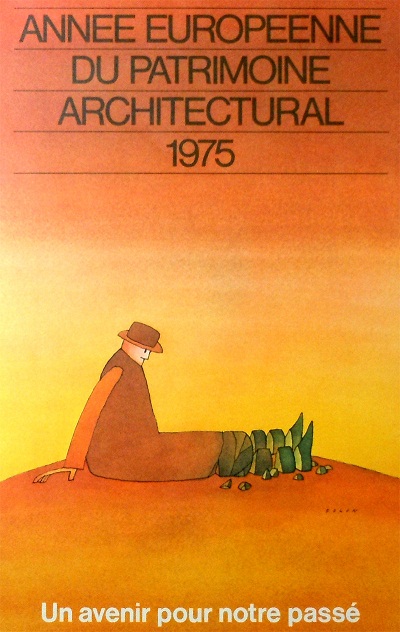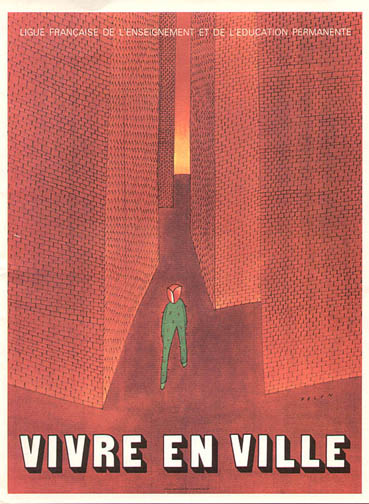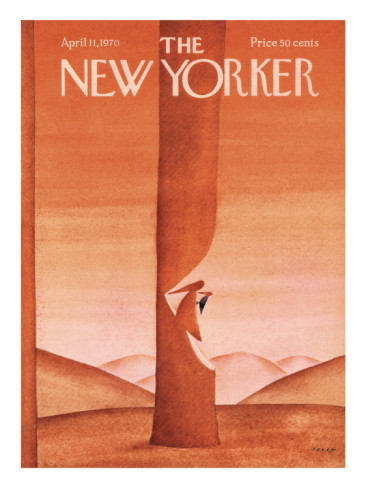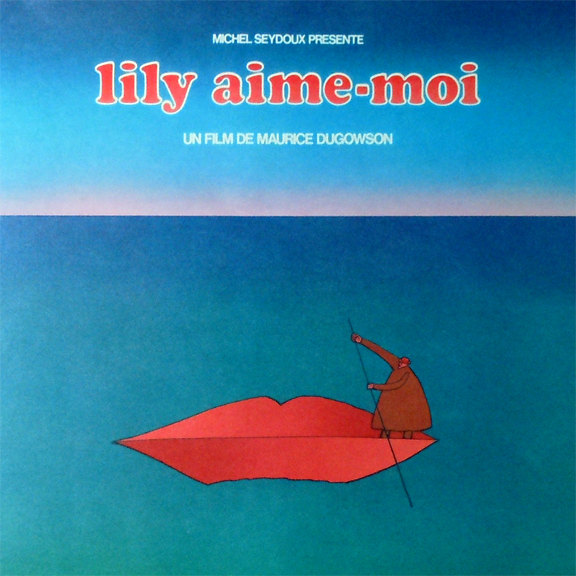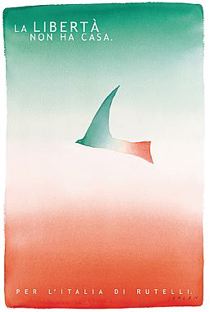<Back to Index>
- Poster Artist Boris Aleksandrovich Uspensky, 1927
- Artist and Illustrator Jean - Michel Folon, 1934
PAGE SPONSOR
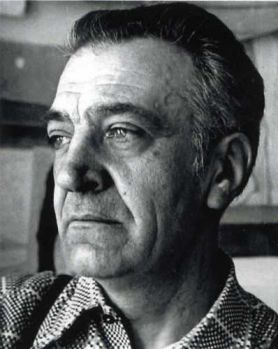
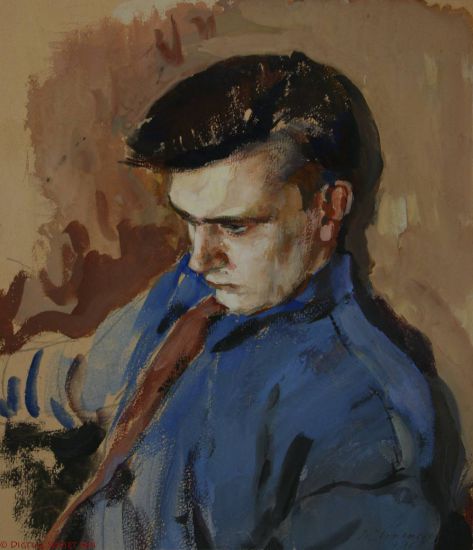
Boris Aleksandrovich Uspensky (Russian: Борис Александрович Успенский) (12 July 1927 - 28 September 2005), was a prominent Russian poster and graphics painter.
Boris Uspensky was born in Moscow. He studied in the Surikov Moscow Art Institute 1947-1953. In 1953 he became a member of the Union of Artists of the USSR. From 1985 he was Professor and Head of the Graphical Department, Surikov Institute. In 1986 he became People's Artist of the USSR. From 1992 he was a full member of Russian Academy of Arts.
After graduation in 1953, he started a working partnership with fellow student Oleg Savostyuk. Their friendship and collaboration lasted for many years and proved to be a brilliant success, when they made a complete breakthrough in the poster genre by creating a new style inspired by the Russian folk art Lubok – brightly colored stories, sometimes in a primitive style. "... The innovative feat of these two artists was that they returned the poster to life as a Work of Art after its death in the 1930s" (M. Lazarev). The artists worked mainly with the publishing houses Izogiz, Plakat, Sovietskaya Rossiya, and Sovietskii Khudozhnik, and in the famous creative workshop Agitplakat.
From the mid 1960s Uspensky and Savostyuk often traveled to Karelia, where they created several series of works: The Loggers of Karelia, Border Guards and Karelia.
In the 1960s Uspensky started working with the Bolshoi Theatre in Moscow, where he was acquainted with the ballet choreographer Yuri Grigorovich and the dancer Vladimir Vasiliev. For the Ballet, Uspensky painted posters and drew illustrations for programs and libretti, his first poster being Swan Lake for the ballet’s tour of France in 1958. Over the next decades he worked on many ballets, including Petrushka, Spartacus, Angara, Ivan the Terrible, Leniniana (after Mayakovsky), Paganini, Chopeniana (les Sylphides) and Romeo and Juliet.
This opportunity to see the life of the theater from the inside, drawing sketches and recording impressions, was decisive in creating a lifelong passion for the artist – the ballet. With great enthusiasm he drew and painted ballerinas, dancers and choreographers in a variety of situations - during and after rehearsals, at the barre, or resting, tired. Uspensky would always return to this theme, working in different media – oil, tempera, gouache, pencil and silk screen prints.
The artist also loved the town of Tarusa, his father’s birthplace, located on the banks of the river Oka. For hours he would admire the scenery, the vast expanses, the river in fog and rain, and the ancient trees.
Uspensky's first wife was prominent Moscow children's book illustrator Marina Uspenskaya
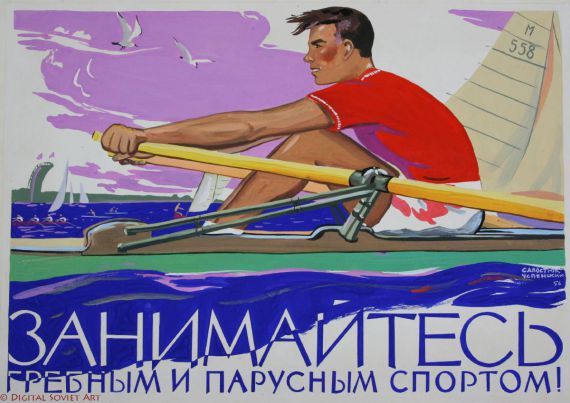
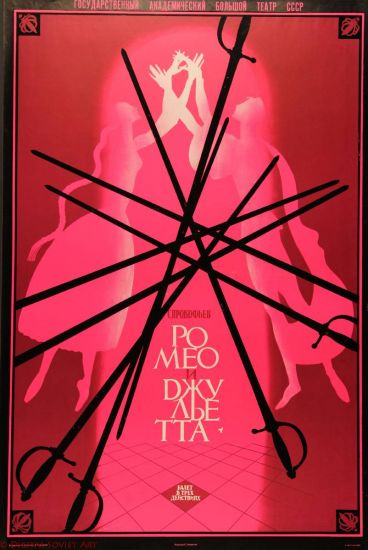
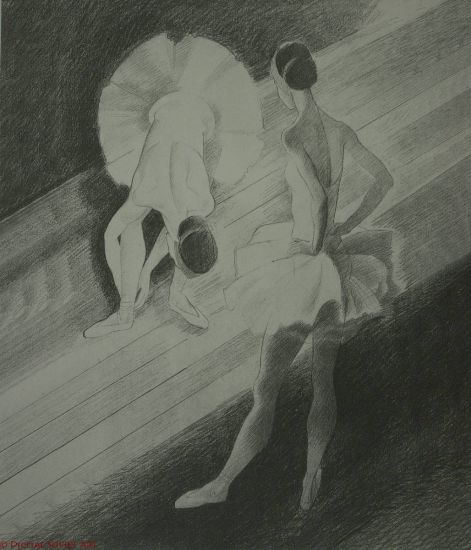
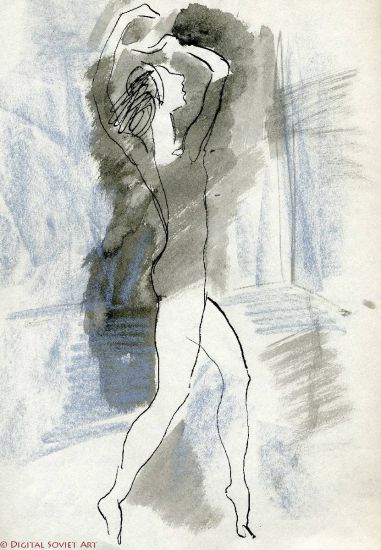
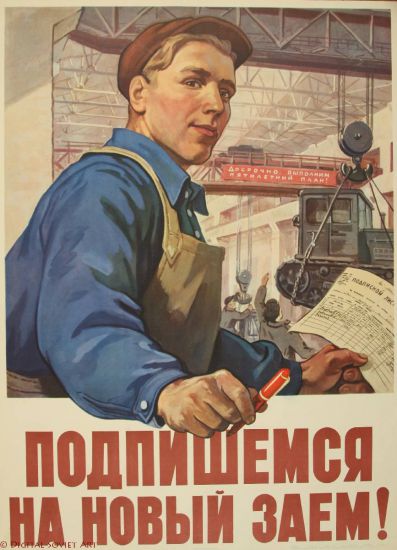
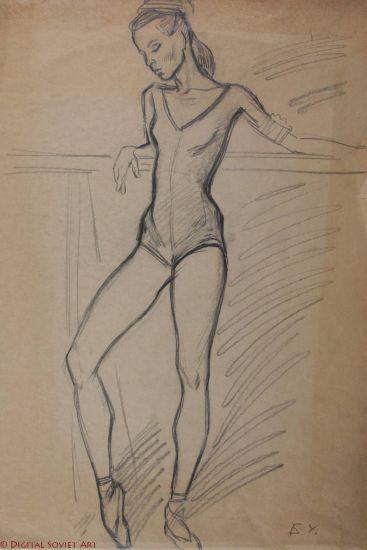
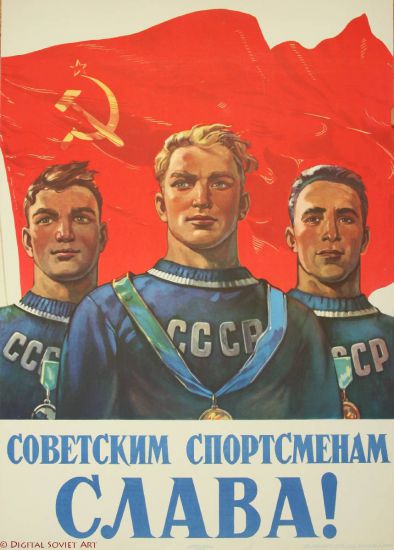
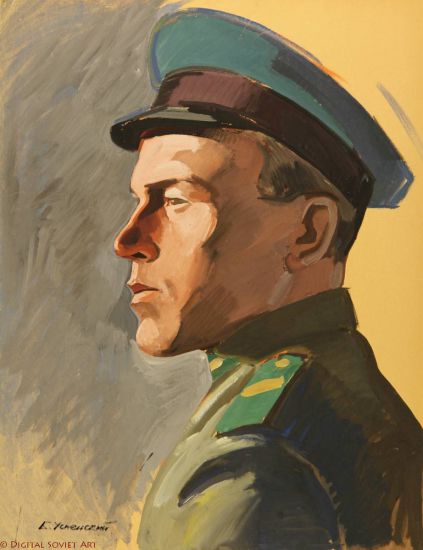
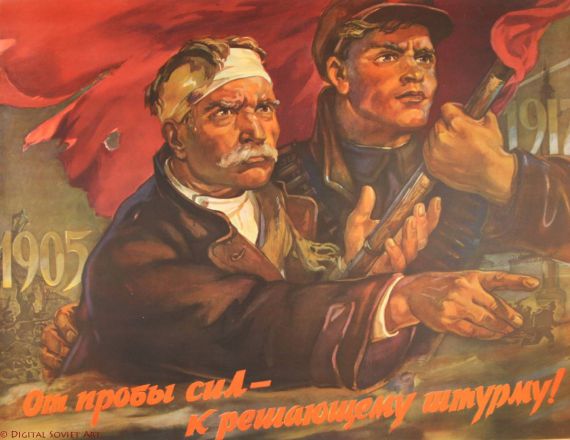
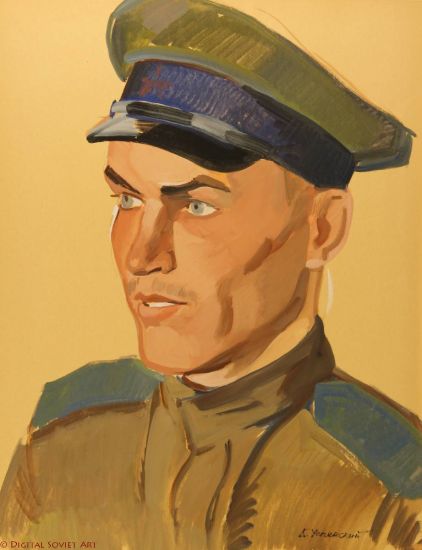
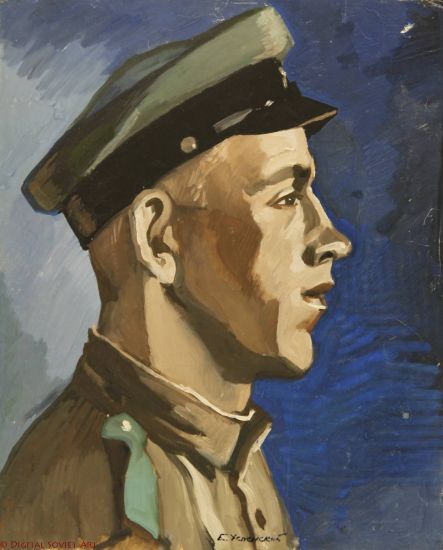
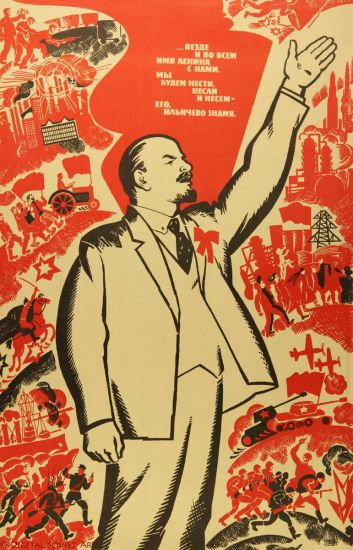
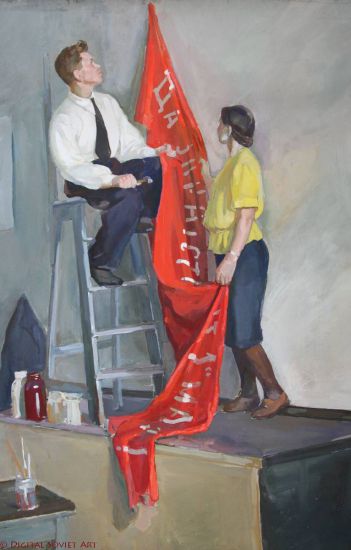
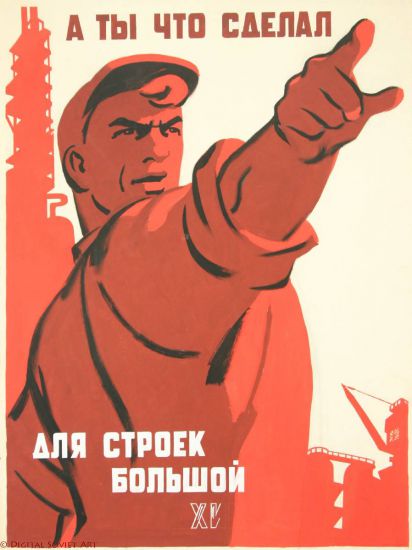
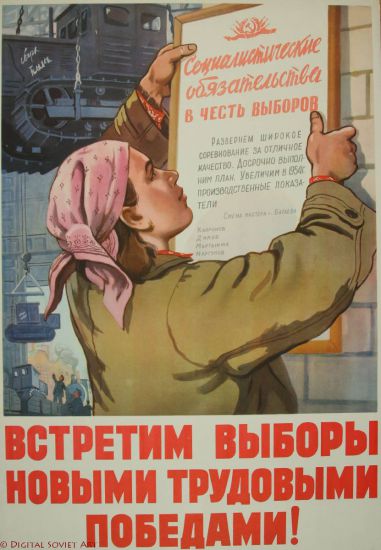
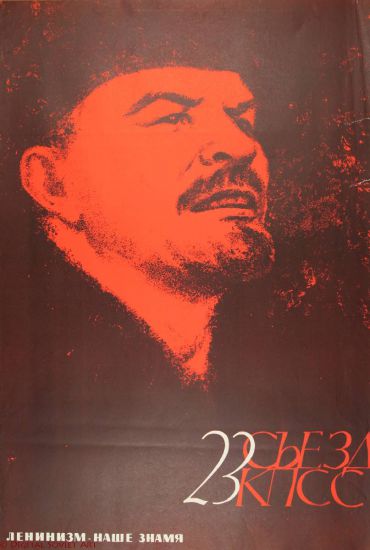
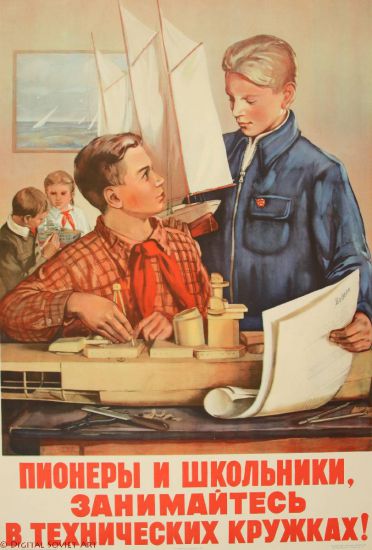
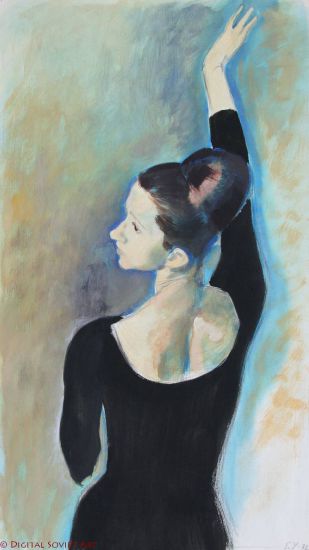
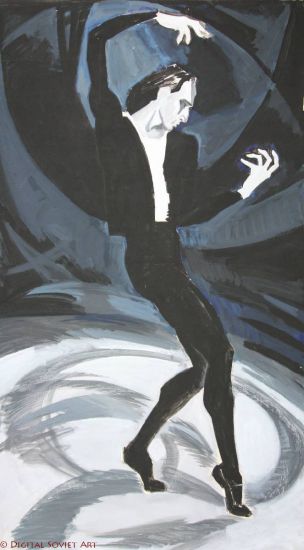
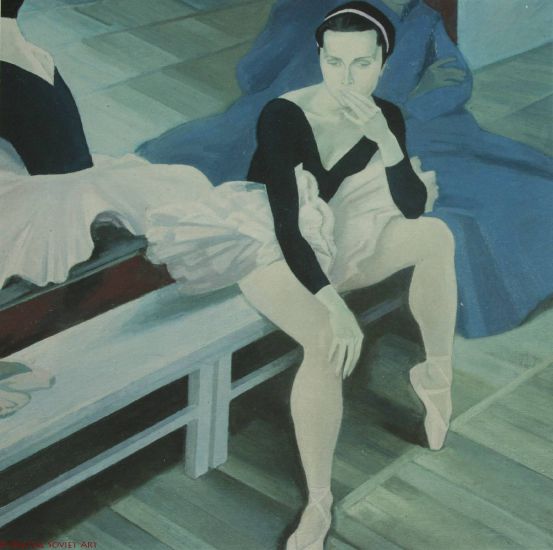
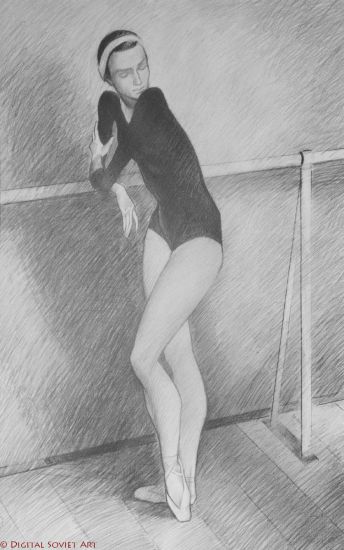
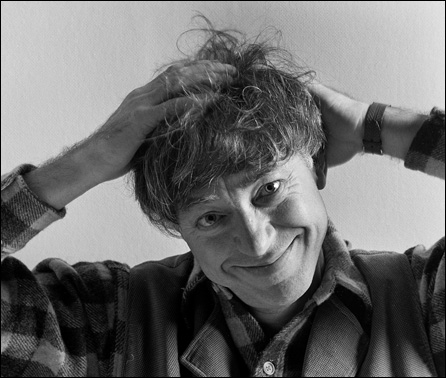
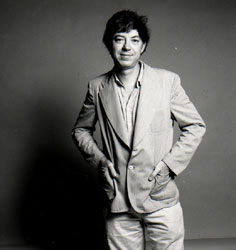
Jean - Michel Folon (1 March 1934 - 20 October 2005) was a Belgian artist, illustrator, painter and sculptor. Folon was born in Uccle, Brussels, Belgium in 1934 where he studied architecture at the Institut Saint - Luc. In 1955 he settled in a gardener’s house in the outskirts of Paris. Over a period of five years he drew morning, noon and night. In 1985 he moved to Monaco where he worked in a large workshop surrounded by numerous artists. In the 1990s, Folon decided to create a foundation in the Solvay Domain, La Hulpe.
The first exhibition of his watercolors was in New York in 1969 in the Lefebre Gallery. One year later he exhibited in Tokyo and in the Il Milione gallery in Milan. He also participated in the XXVth Venice Biennale. In 1973 he joined the selection of Belgian artists in the XXVth São Paulo Biennale, where he was granted the Grand Prize in Painting. Over the years his work concentrated on different techniques, including watercolor, etching, silkscreen, illustrations, mosaics and stained glass, which showed the diversity of his art. He also designed numerous posters, often for humanitarian causes. Around 1988 he created his first sculptures made out of wood. He then moved on to creating sculptures in clay, plaster, bronze and marble, while continuing to paint.
Several museums dedicated exhibitions to him, among them the Musée des Arts Décoratifs in Paris in 1971, the Boymans van Beuningen in Rotterdam in 1976, the Institute of Contemporary Arts in London in 1977, the Musée Picasso in Antibes in 1984, the Museo Correr in Venice in 1986, the Museo de Bellas Artes in Buenos Aires in 1987, the Metropolitan Museum of Art in New York in 1990, La Pedrera in Barcelona in 1993, the Bunkamura in Tokyo in 1995, the Musée Olympique in Lausanne in 1996 and the Museo Morandi in Bologna in 1996 - 97. In 1999 an exhibition of large sculptures was presented in the Galerie Guy Pieters in Saint - Paul de Vence. In 2000 he opened the Fondation Folon, which presents the essentials of his work in the region he grew up in. In 2001 the city of Lisbon held a large retrospective of his sculptures in the Castelo de São Jorge, which dominates the city. In 2003 he created the designs for Puccini's La Bohème for the Puccini Festival in Italy. The president of the French Republic, Jacques Chirac, awarded him the Legion of Honor in the Palais d'Elysée. In 2004 he became a UNICEF ambassador. In 2005 the city of Florence held a grand retrospective of his work at the Palazzo Vecchio and the Forte di Belvedere.
Folon published his drawings in newspapers, mostly in the USA, where he was recognized earlier than in Europe and illustrated books by Franz Kafka, Ray Bradbury, Jorge Luis Borges, Guillaume Apollinaire, Jacques Prévert, Boris Vian, Guy de Maupassant, Albert Camus, Herbert George Wells and Jean de la Fontaine. He never really changed his style, whose most famous emblem is the "bird-man" but used all kinds of supports; Folon made murals (Magic City for the Brussels subway, 1974; Waterloo Station for the London tube, 1975), posters for theater and opera (Spoleto Festival, 1978; Teatro Olimpicio, 1987) and cinema (The Purple Rose of Cairo, by Woody Allen, 1985), theater and opera scenery (Geneva and Brussels, 1981; Venice and Roma, 1989), short films for TV (opening and closing sections for the French channel Antenne2, 1975 - 1984), wooden sculptures, logotypes (Bicentenary of the French Revolution, 1989; Philexfrance, 1989), tapestries (Congress Hall of Monaco, 1989), ships (1990), church windows (1992), sculptures (La mer, ce grand sculpteur, Knokke, 1997), and even a Palio flag (Sienna, 1999). His artistic value was recognized by several exhibitions organized in the most famous galleries and museums in the world (Musée des Arts Décoratifs, Paris, 1971; Arts Club of Chicago, 1972; Boymans - van Beuningen Museum, Rotterdam, 1976; Musée d'Art Moderne de Liège, 1978; Musée Picasso, Antibes, 1984; Correr Museum, Venice, 1985; Metropolitan Museum of Art, New York, 1990; La Pedrera, Barcelona, 1993; Bunkamura Museum, Tokyo, 1995; Olympic Museum, Lausanne, 1996). He created a famous piece of television that was screened in France for almost 30 years. It was first made for the Italiques TV show, by Marc Gilbert, which aired from 1971 to 1974. The music, originally the soundtrack of Gott mit uns, was composed by Ennio Morricone.
Another piece of television quite famous and remembered is a commercial about methane for SNAM. The soundtrack is Dolorosa by Michel Colombier.
Jean - Michel Folon died in Monaco on 20 October 2005, at the age of 71.
